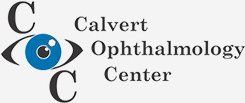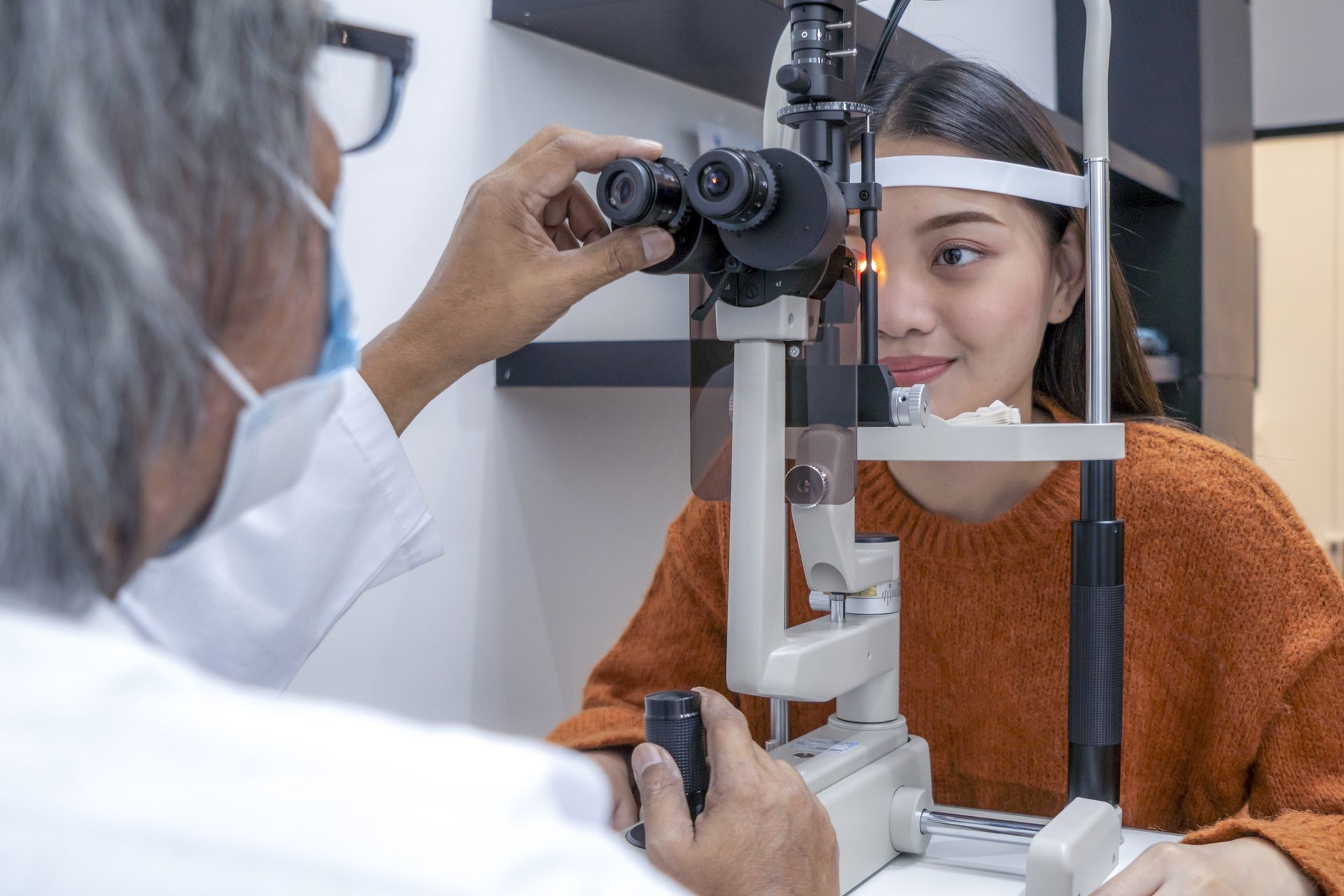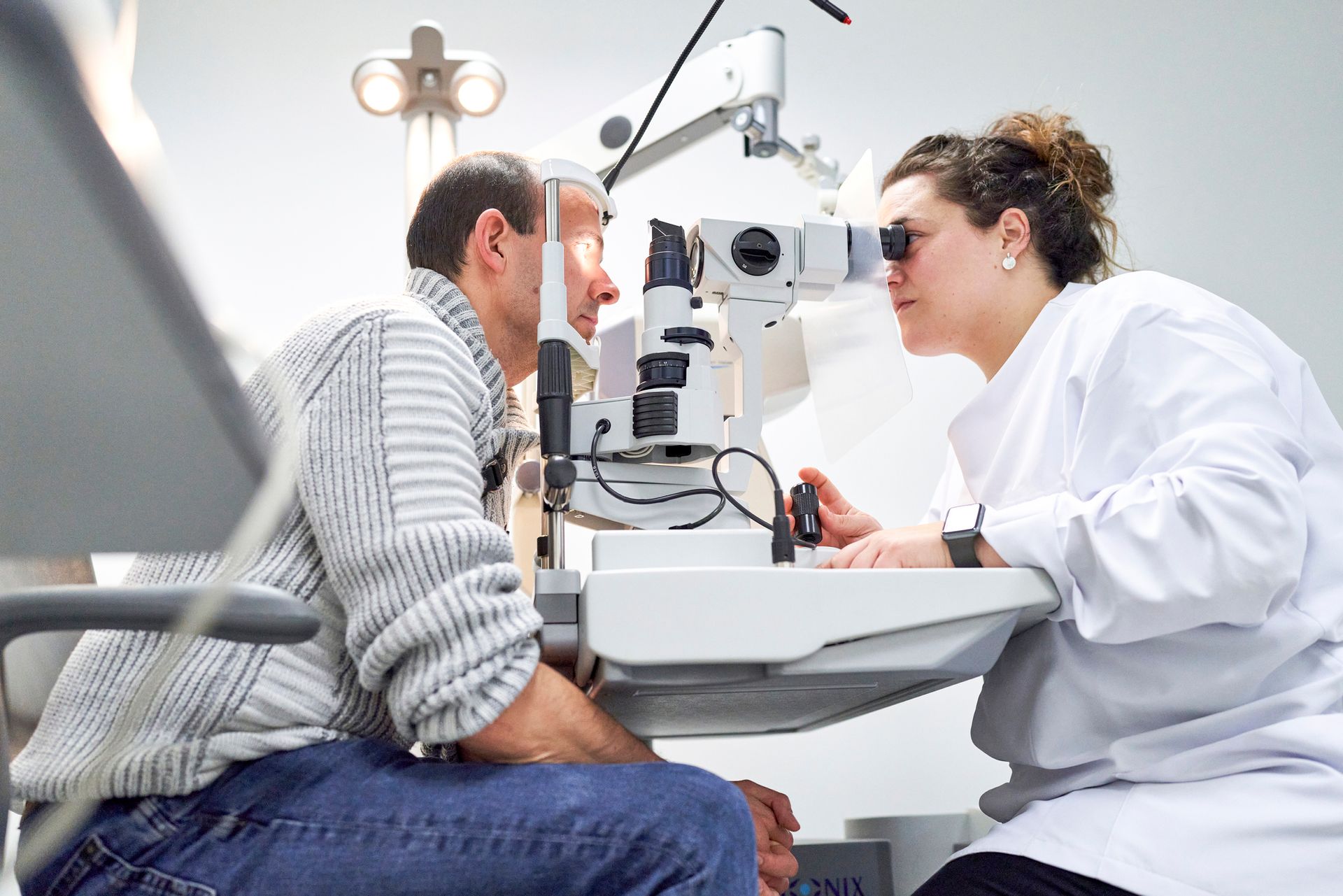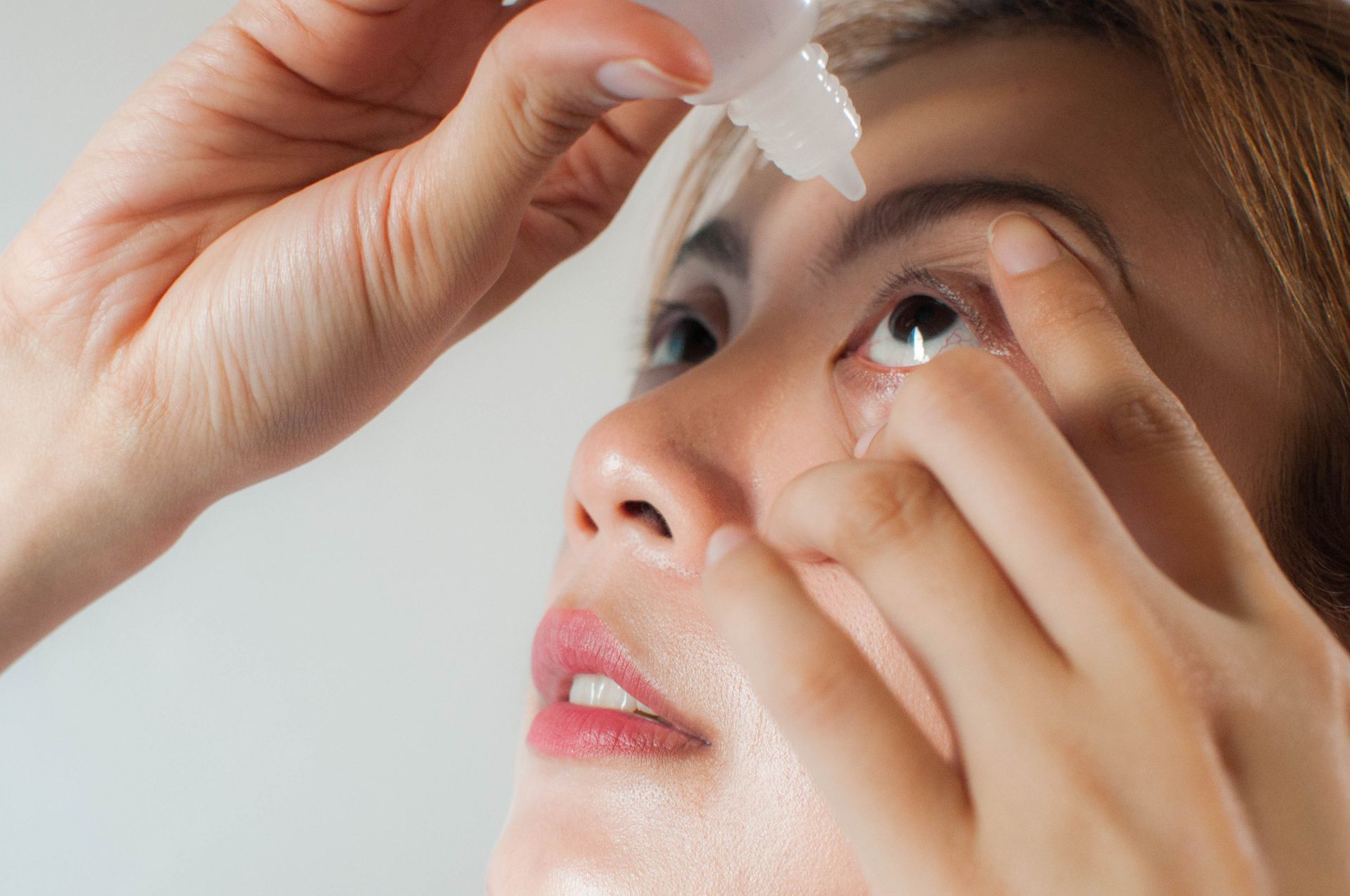Stop Smoking to Cut Your Risk for These 5 Eye Disorders
Researchers have linked smoking with cancer, heart disease, high blood pressure, blood vessel damage, and debilitating lung diseases such as COPD. However, smokers should know that their habit can also harm their eyes and vision. Here are five common eye and vision disorders that a smoke-free lifestyle can help you avoid.
1. Dry Eye Syndrome
Dry eye syndrome can leave you with red, itchy eyes, periods of blurred vision, light sensitivity, and other uncomfortable symptoms. This syndrome occurs when the eyes' tear glands and your eyelids' oil glands fail to produce enough fluid to maintain a protective, lubricating tear film.
While dry eye syndrome may develop for many reasons, from natural age-related changes and medication usage to blocked oil glands, tobacco smoke appears to cause it as well. Research indicates that the smoke breaks down the oil layer of the tear film, which allows the eyes to dry out and experience irritation.
Bear in mind that the dry eye syndrome associated with tobacco smoke can bother you regardless of your own status as a smoker. If you want to protect your eyes against this problem, try to avoid smoky environments (both public and private) that might irritate your eyes.
2. Cataracts
Cataracts represent a leading cause of vision loss and blindness. These accumulations of proteins in the lens of the eye cause the lens to grow increasingly opaque. As less and less light filters into the eye, you may experience a variety of vision problems, including blurred or double vision and problems perceiving color and contrast.
Your risk for cataracts rises with frequent exposure to tobacco smoke. Destructive substances in the smoke known as free radicals damage the lenses' proteins and cell membranes. At the same time, the smoke strips your body of antioxidants that would otherwise fight the damaging actions of these free radicals.
3. Macular Degeneration
Macular degeneration, an eye disease that usually strikes seniors, damages the zone of the retina responsible for central vision. The results include distortion or vision loss that makes reading, writing, driving, and recognizing faces difficult or impossible.
If you smoke, your ophthalmologist will urge you to quit. Smokers have up to four timesthe macular degeneration risk of the general population. Once you've quit for good, however, your risk drops almost as low as that of someone who has never smoked.
4. Diabetic Retinopathy
If you've received a diagnosis of diabetes in the past, may already know that this condition can harm the eyes. High blood sugar can damage the fragile blood vessels that serve the retina of the eye, resulting in the tissue damage, blood leakage, and irreversible vision loss of diabetic retinopathy.
A smoking habit can make diabetes harder to manage effectively. Even if you don't currently have diabetes, smoking can increase your risk of developing it by 30 to 40 percent. The more you smoke, the higher the risk rises.
5. Glaucoma
In most cases of glaucoma, high fluid pressure inside the eye permanently damages the optic nerves that feed visual information to the brain, leading to increasing vision loss and blindness if you let it go untreated. While treatment can usually contain glaucoma effectively, you should also eliminate smoking as a risk factor.
Smoking can influence glaucoma risk in a couple of indirect ways. It can cause high blood pressure, a condition which in turn raises your risk for glaucoma. Its ability to trigger diabetes provides another risk factor for glaucoma development.
Calvert Ophthalmology Center can provide the necessary exams and treatments to help you manage eye and vision disorders, along with lifestyle recommendations that can give you more control over your eyes' long-term health and wellness. Contactour office to learn more and schedule an initial eye exam.













